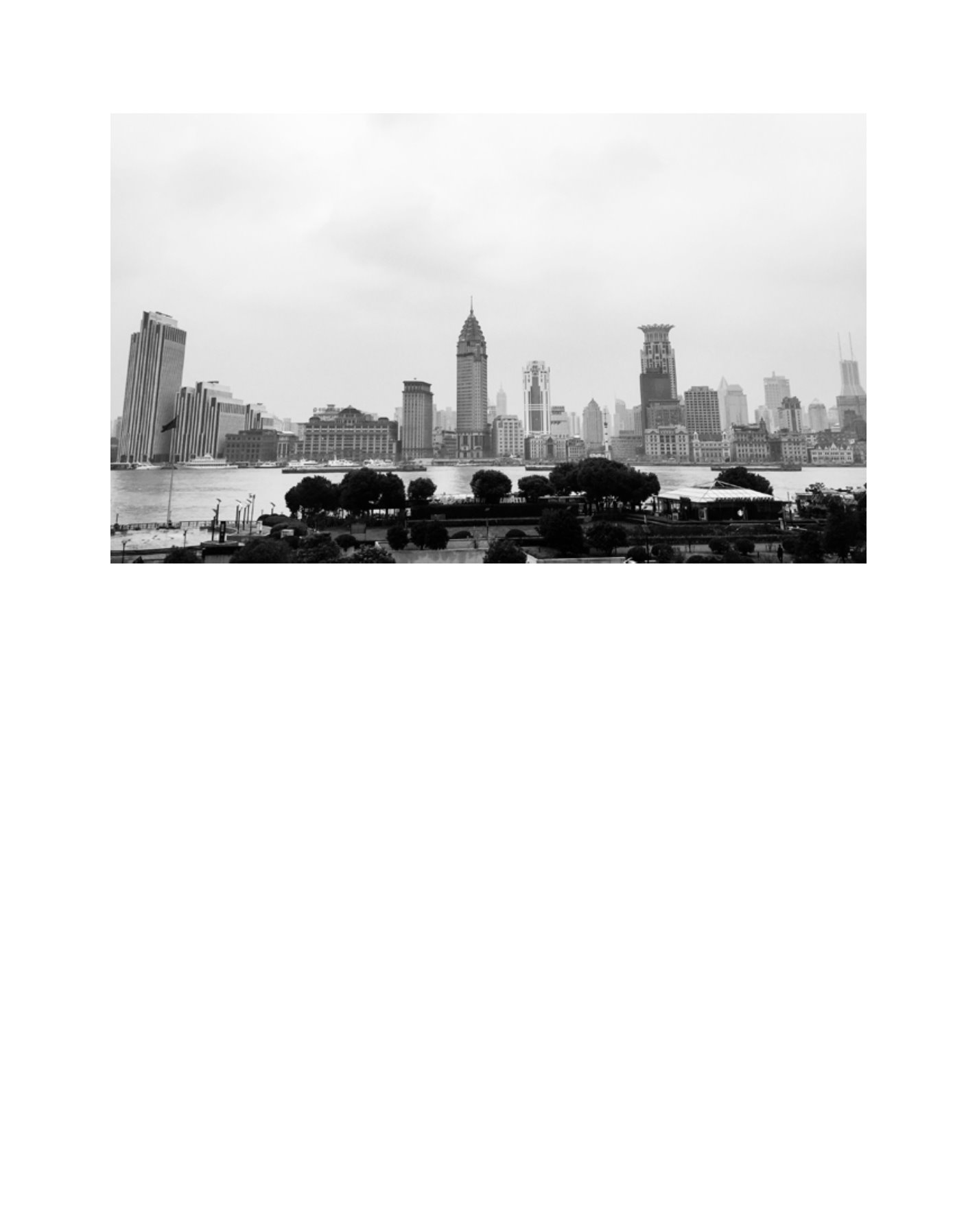

[
] 81
access
to
water
and
sanitation
for
all
ing 8,585 different chemicals, according to the Ministry of
Environmental Protection. Some of these chemicals are
highly toxic and, according to Greenpeace, hormone disrup-
tors have even contaminated drinking water sources. Chinese
environmentalists have lamented the colour of the rivers and
waterways, observing that they match the most fashionable
colour of that season. In India, it has been reported that dogs
were turning blue from sitting in industrial water run-off.
Water-nomics – the sustainable reset
Rapid industrialisation across Asia together with lax envi-
ronmental regulations has brought about rampant pollution.
In China, 60% of groundwater falls into the “bad” or “very
bad” category whereas the proportion of monitoring stations
with water classified as “unfit for human contact” is 28.8%
for rivers and 34% for key lakes and reservoirs, according
to the Ministry of Environmental Protection’s 2016 State of
Environment Report.
Unfortunately, pollution exacerbates water scarcity.
Already, 11 provinces in China fall beneath the World Bank’s
water poverty mark of 1,000 m³ per capita per annum. This
has clear implications for national food security as they
include some of China’s top farming provinces. This means
that 44% of China’s GDP is generated from provinces as
dry as the Middle East. The question is: will limited water
resources constrain economic growth?
We know that the economy runs on water, yet water
resource management and the economy are seldom planned
and managed holistically. This is about to change. The China
Water Risk organization believes that the practice of water-
nomics – viewing water as the prime engine of the economy
– is particularly pertinent for countries with limited water
resources but with a need to develop. Balancing trade-offs
between economic development and the availability and
quality of water resources is key.
Recognising that sustainable economic growth requires a
sustainable environment, China declared its war on pollution
in 2014. Since then China has been taking aggressive steps
to clean up, including updating environmental law, imple-
menting new and more stringent regulations, and increasing
enforcement. As part of the country’s Three Red Lines policy
on water, targets have been set to increase water efficiency for
agricultural and industrial water use and to curb pollution.
The policy also sets national water use caps for 2015, 2020
and 2030 which could, according to HSBC, limit GDP growth
to 5.7% between 2020 and 2030. Ultimately, the vision is
to achieve a beautiful china where economic growth is no
longer at the expense of the environment.
Trade-offs and disruptions – blindsided by transitional risks
Managing the economy through the lens of water requires
trade-offs – the idea of more crop-per-drop with less pollu-
tion is in potential conflict with the growth of industries or
goods that provide a larger contribution to GDP and that
use significant volumes of water. Selecting which crops to
grow and which industries to keep has implications for food
security and the economy.
Trade-offs between agricultural and industrial water can
also bring about disruption. For example, China produces
a significant amount of both cotton and coal in the parched
North China Plain. While coal is a part of the nation’s plan to
ensure energy security, cotton is dirty, thirsty and does not
Image: Feng Hu
The Bund in Shanghai, a key municipality of the Yangtze River Delta
















